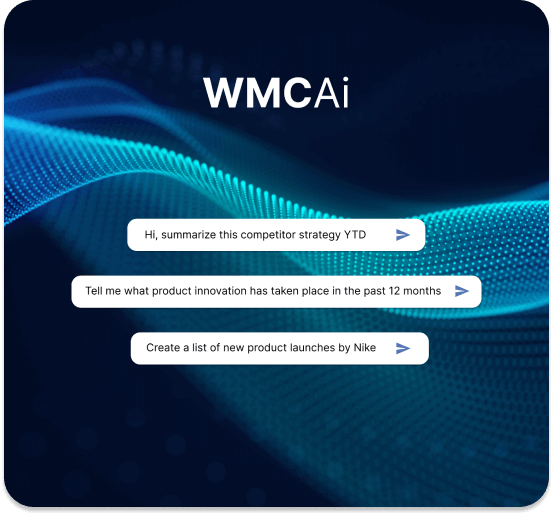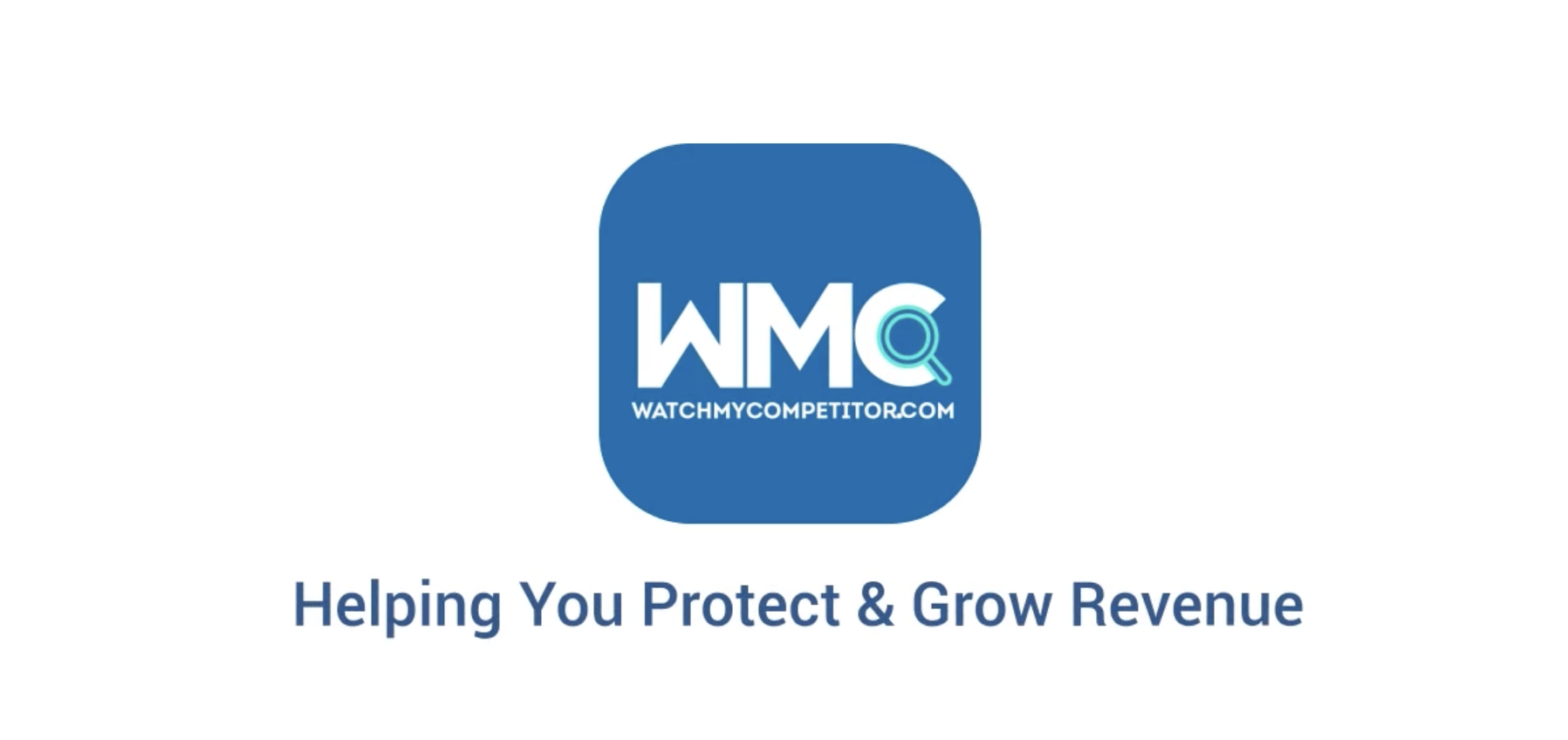In today’s highly competitive business landscape, staying ahead of the game requires more than just a great product or service. To truly succeed, you need to understand your audience, anticipate market shifts and keep a close eye on your competitors. That’s where B2B social listening comes into play.
In this guide, we’ll walk you through the world of B2B social listening, from its definition and benefits to the key metrics you should track and the tools you can use. Whether you’re a seasoned marketer or just starting, this article will help you harness the power of social listening to enhance your B2B marketing strategy.
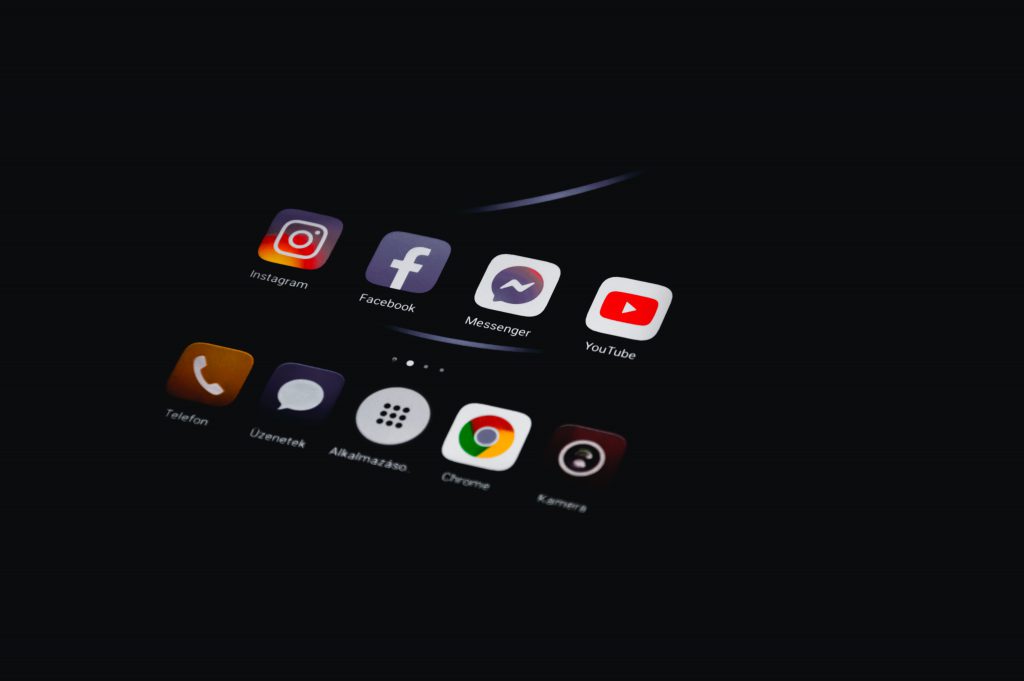
What Is B2B Social Listening?
B2B social listening is the process of monitoring and analysing online conversations, mentions, and discussions related to your brand, industry, competitors, and customers within the B2B space. It involves tracking and interpreting the data generated on various social media platforms, forums, blogs and other online channels to gain valuable insights that can inform your marketing strategy.
The Benefits Of B2B Social Listening
B2B social listening has become a critical tool for companies seeking a competitive edge. Here’s why it matters:
Competitor insights
B2B social listening allows you to keep a watchful eye on your competitors. By tracking their activities and customer interactions, you can identify their strengths and weaknesses, and find opportunities to outperform them.
Customer needs and sentiment analysis
You can gain a deep understanding of your customers by analysing their discussions and feedback. This helps you tailor your products, services and messaging to meet their specific needs and preferences.
Industry trends
Stay updated with the latest trends and developments in your industry. B2B social listening helps you identify emerging trends and adapt your strategies accordingly.
Crisis management
Detect and address potential crises early. Social listening enables you to identify negative sentiment or complaints and take swift action to mitigate damage to your brand’s reputation.
Content and campaign optimisation
Analyse the performance of your content and marketing campaigns. By gauging audience reactions, you can fine-tune your approach for better results.
How To Conduct B2B Social Listening
Effective B2B social listening requires a systematic approach. Here’s a step-by-step guide to get you started:
Step 1: Define your objectives
Before diving in, clearly define your goals. Are you primarily interested in monitoring competitors, understanding customer sentiment, or tracking industry trends? Having well-defined objectives will guide your social listening strategy.
Step 2: Choose the right Tools
Selecting the appropriate social listening tools is crucial. Several tools cater specifically to B2B needs, offering features like sentiment analysis, competitive benchmarking and custom reporting. Some popular options include Brandwatch and Talkwalker.
Step 3: Identify keywords and topics
Determine the keywords, phrases and topics relevant to your industry and objectives. These will serve as the basis for your social listening queries. Be specific to ensure you capture the most relevant conversations.
Step 4: Monitor conversations
Set up your chosen tools to monitor online conversations across various platforms. This may include social media platforms like LinkedIn, Twitter, and industry-specific forums or blogs.
Step 5: Analyse data
Collect and analyse the data generated by your social listening efforts. Pay close attention to key metrics, which we’ll explore in the next section, to derive actionable insights.
Step 6: Take action
Use the insights gained from your social listening efforts to inform your marketing strategy. Adjust your content, campaigns and messaging based on what you’ve learned. Engage with customers and respond to feedback promptly.
Key Metrics To Consider
To measure the effectiveness of your B2B social listening efforts, focus on the following key metrics:
- Sentiment analysis: Determine the overall sentiment of online conversations related to your brand or industry. Are discussions mostly positive, negative or neutral?
- Engagement metrics: Track likes, shares, comments, and other forms of engagement on your content. This helps you gauge the level of audience interest and interaction.
- Share of voice: Assess your brand’s visibility compared to competitors within the same online conversations. Are you dominating the discussion or are competitors taking the lead?
- Influencer mentions: Identify industry influencers who mention your brand or products. Building relationships with these influencers can boost your credibility.
- Customer feedback: Pay attention to direct feedback and reviews from customers. Address their concerns and use their positive feedback to your advantage.
Tools To Consider Using
Choosing the right tools is crucial for effective B2B social listening. Here are some top options worth considering:
Brandwatch

Brandwatch offers a comprehensive suite of social listening and analytics tools. It’s known for its robust sentiment analysis and data visualisation capabilities.
Talkwalker
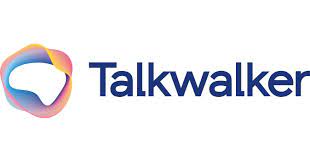
Talkwalker provides AI-powered social listening and analytics solutions. It offers features like crisis detection and competitive benchmarking.
Hootsuite
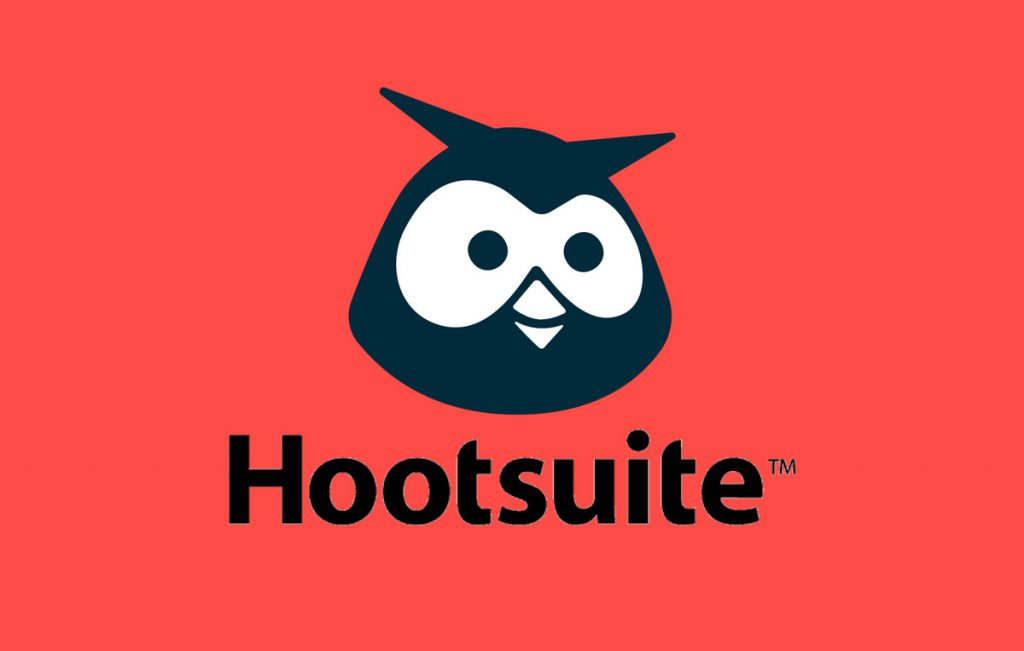
Hootsuite is a popular social media management platform that includes social listening features. It allows you to monitor conversations, schedule posts, and engage with your audience.
Tips & Techniques For B2B Social Listening
To maximise the benefits of B2B social listening, consider these tips and techniques:
1) Set up alerts: Create real-time alerts for mentions of your brand, competitors, and industry keywords. This allows you to respond promptly to important conversations.
2) Monitor relevant hashtags: Keep an eye on industry-specific hashtags to stay informed about trending topics and join relevant discussions.
3) Collaborate with your team: Social listening is a team effort. Collaborate with your marketing, sales and customer support teams to ensure a holistic approach to customer engagement.
4) Measure ROI: Assess the impact of your social listening efforts by tracking metrics like lead generation, conversion rates and revenue attributed to social insights.
5) Avoid data overload: Focus on the most relevant data to avoid drowning in information. Use filters and categorisation to streamline your analysis.
6) Stay up-to-date: Social media trends and conversations evolve rapidly. Regularly update your listening queries and adapt your strategy to reflect changing dynamics.
Concluding Thoughts
B2B social listening is a powerful tool for enhancing your marketing strategy, understanding your audience and outperforming your competitors. By following the steps outlined in this guide, tracking key metrics and leveraging the right tools, you can unlock valuable insights and drive your B2B business to new heights.
Don’t miss out on the opportunity to harness the full potential of B2B social listening with WatchMyCompetitor and other leading tools in the industry. Stay ahead of the curve and make informed decisions that propel your brand to success in the digital era.
FAQs
How do I measure the ROI of B2B social listening?
Measuring ROI in social listening involves tracking tangible outcomes such as lead generation, conversion rates, and revenue directly influenced by insights gained through social listening efforts. By attributing specific results to your social listening activities, you can calculate a meaningful ROI.
How can I avoid data overload when conducting B2B social listening?
To avoid data overload, start with well-defined objectives and keywords. Use filters and categorisation features in your social listening tools to focus on the most relevant conversations. Regularly review and refine your queries to keep them precise.
How can I stay up-to-date with the latest trends in B2B social listening?
Stay informed about the latest trends by following industry publications, attending webinars, and participating in online communities related to social listening and B2B marketing. Additionally, keep your social listening queries updated to capture emerging trends and topics.




